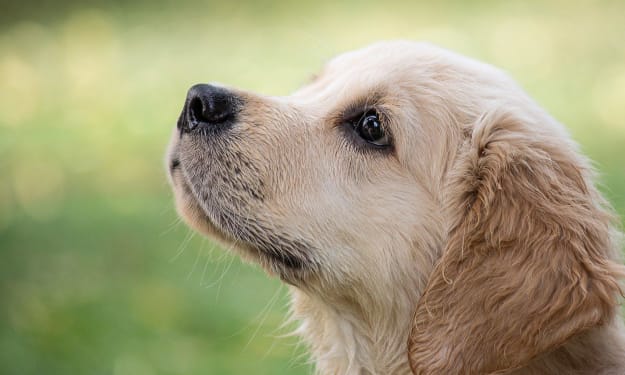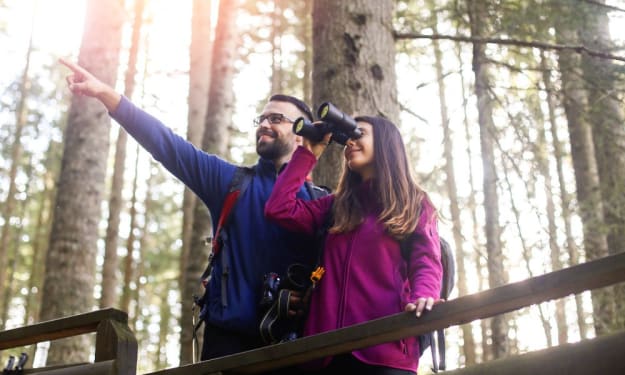Dog Life style, dog lovers
Dog life style,dog lovers

Canines are respected distinctively in various regions of the planet. Qualities of reliability, fellowship, defense, and warmth have procured canines a significant situation in Western culture, and in the US and Europe the consideration and taking care of canines has turned into a multibillion-dollar business. Western civilization has given the connection among human and canine extraordinary significance, yet, in a portion of the emerging countries and in numerous areas of Asia, canines are not held in a similar regard. In certain region of the world, canines are utilized as watchmen or pack animals or in any event, for food, though in the US and Europe canines are safeguarded and respected. In old Egypt during the times of the pharaohs, canines were viewed as h
Scientistss and archeologists have discovered that around a long time back a little well evolved creature, rather like a weasel, lived in the environs of what are presently parts of Asia. It is called Miacis, the family that turned into the progenitor of the creatures referred to the present time as canids: canines, jackals, wolves, and foxes. Miacis didn't leave direct relatives, yet doglike canids developed from it. By around 30 to a long time back Miacis had developed into the principal genuine canine — in particular, Cynodictis. This was a medium-size creature, longer than it was tall, with a long tail and a genuinely brushy coat. Throughout the long term Cynodictis led to two branches, one in Africa and the other in Eurasia. The Eurasian branch was called Tomarctus and is the ancestor of wolves, canines, and foxes.
Hereditary proof proposes that canines slid straightforwardly from wolves (Canis) and that the now-wiped out wolf genealogies that created canines expand from the line that delivered current living wolves at some point somewhere in the range of quite a while back. The timing and area of canine taming involves banter. There is solid hereditary proof, in any case, that the primary training occasions happened some place in northern Eurasia somewhere in the range of quite a while back. In this district wolves probably worked with their own taming by following itinerant individuals in northern Eurasia and consuming the remaining parts of game creatures that trackers abandoned.
Most examinations concur that taming was not a solitary discrete occasion. It was a cycle that unfurled north of millennia — possible including canine populaces that showed up in various pieces of Eurasia at various times, with canines and wild wolves proceeding to interbreed with each other and with early canine populaces being supplanted by later ones. A few hereditary examinations have reported proof of early training occasions in unambiguous locales. One review battles that wolves were tamed quite a while back to act as animals in China, though one more reports that early canines dating from around 12,000 to a long time back came from a little kind of dim wolf that possessed India. Hereditary proof additionally uncovers that canines didn't go with the main people to the New World over a long time back, proposing rather that canines came to the Americas just exactly quite a while back. One concentrate even recommended that a few canines have plunged not from the wolf yet rather from the jackal. These canines, tracked down in Africa, could have brought about a portion of the current local African varieties.
Regardless of what their starting points, all canids have specific normal attributes. They are vertebrates that bear live youthful. The females have mammary organs, and they nurse their posterity. The early varieties had erect ears and pointed or wedge-formed gags, like the northern varieties normal today. The vast majority of the carnivores have comparable dental designs, which is one way scientistss have had the option to recognize them. They foster two arrangements of teeth, deciduous ("child") teeth and long-lasting teeth.
Canids stroll on their toes, as opposed to a creature like the bear, which is level footed and strolls behind its. Canines, as most well evolved creatures, have body hair and are homeothermic — in other words, they have an inner indoor regulator that licenses them to keep up with their internal heat level at a consistent level regardless of the external temperature.
Fossil remaining parts propose that five particular kinds of canines existed by the start of the Bronze Age (around 4500 BCE). They were the mastiffs, wolf-type canines, sight dogs (like the Saluki or greyhound), pointing canines, and grouping canines.Cplay had a significant impact throughout the entire existence of human progress and were among the main tamed creatures. They were significant in agrarian social orders as hunting partners and protectors against hunters. At the point when animals were tamed around 7,000 to a long time back, canines filled in as herders and watchmen of sheep, goats, and dairy cattle. Albeit many actually serve in these limits, canines are basically utilized for social purposes and friendship. Today canines are utilized as guides for the visually impaired and handicapped or for police work. Canines are even utilized in treatment in nursing homes and medical clinics to empower patients toward recuperation. People have reproduced many various canines adjusted to serve different capabilities. This has been upgraded by enhancements in veterinary consideration and creature cultivation.
In antiquated Egypt canines were remembered to have heavenly qualities. They were spoiled by their own workers, furnished with jeweled collars, and took care of the choicest eating routine. Just eminence was allowed to possess thoroughbred canines, and upon the demise of a ruler his #1 canine was frequently buried with him to safeguard him from hurt in existence in the wake of death.
Delineations of caninesating from the Bronze Age have been tracked down on walls, burial places, and looks all through Europe, the Center East, and North America. Frequently the canines are portrayed hunting match-up with their human partners. Sculptures of canines watch the passages to internment graves. As a rule these canines plainly look like current canines. Such relics are permanent declaration to the significance that people have given to the canine all through the ages.
When it became obvious that dog were plesker displaying these characteristics were interbred to improve such properties. Armada footed sight dogs were respected by aristocrats in the Center East, while in Europe strong canines, for example, the mastiff were created to shield home and explorer from hurt.
As society changed and farming — as well as hunting — turned into a method for supporting life, different types of canines were created. Crowding and monitoring canines meant a lot to ranchers for safeguarding their groups. Simultaneously, little varieties became attractive as toys and allies for honorable families. The Pekingese in China and delicate varieties, for example, the Chihuahua were reproduced to be lapdogs. The terrier breeds were grown, basically in Britain, to free silos and horse shelters of rodents. Pointing and recovering varieties were chosen for exceptional errands connected with helping the tracker to find and catch game. Many varieties are incredibly old, while others have been created as of late as the 1800s.
About the Creator
Enjoyed the story? Support the Creator.
Subscribe for free to receive all their stories in your feed. You could also pledge your support or give them a one-off tip, letting them know you appreciate their work.





Comments
There are no comments for this story
Be the first to respond and start the conversation.